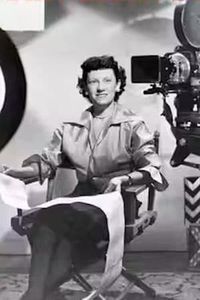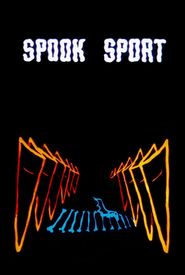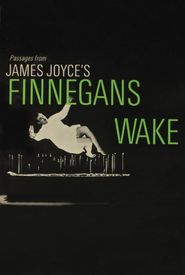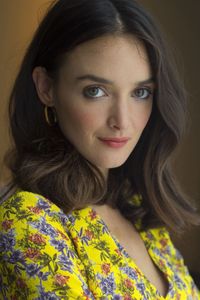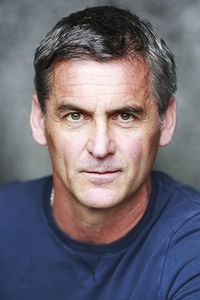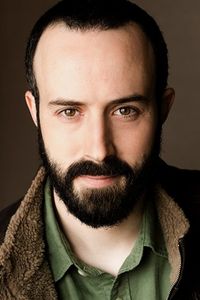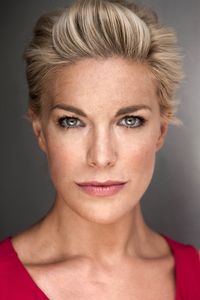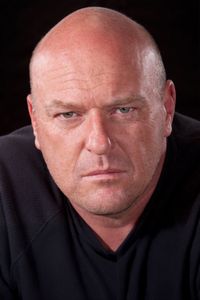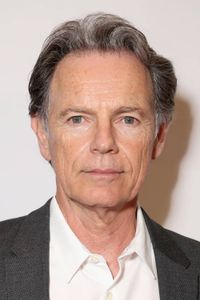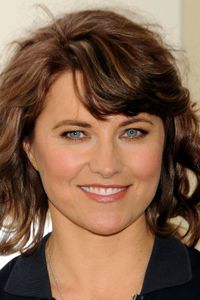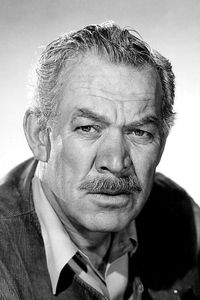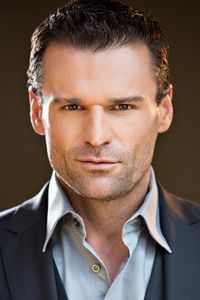Mary Ellen Bute, a pioneering artist, left an indelible mark on the realms of visual music and electronic art by crafting a remarkable body of work that spanned over two decades, from the 1930s to the 1950s. Her captivating short abstract animations, a testament to her innovative spirit, numbered over a dozen and continue to be celebrated for their groundbreaking nature.
Lewis Jacobs, a keen observer of cinematic techniques, perceptively noted in the late 1940s that Bute's films were meticulously crafted, employing mathematical formulae to create a visually stunning composition that masterfully conveyed the dynamic interplay between light, shadow, growing lines, forms, colors, and tones.
Mary Ellen Bute's artistic philosophy revolved around the concept of merging disparate visual elements in a harmonious dance, synchronizing their evolution with the narrative progression and melodic rhythms of music. This groundbreaking approach secured her position as a trailblazer in the realm of abstract filmmaking, with some of her most notable works consistently showcased at the iconic Radio City Music Hall in New York throughout the 1930s.
Notably, the groundbreaking films of Bute were a significant part of her "Seeing Sound" series, a testament to her remarkable pioneering spirit and her unwavering dedication to continuously pushing the boundaries of visual music, showcasing her innovative approach and unrelenting passion for artistic expression.
